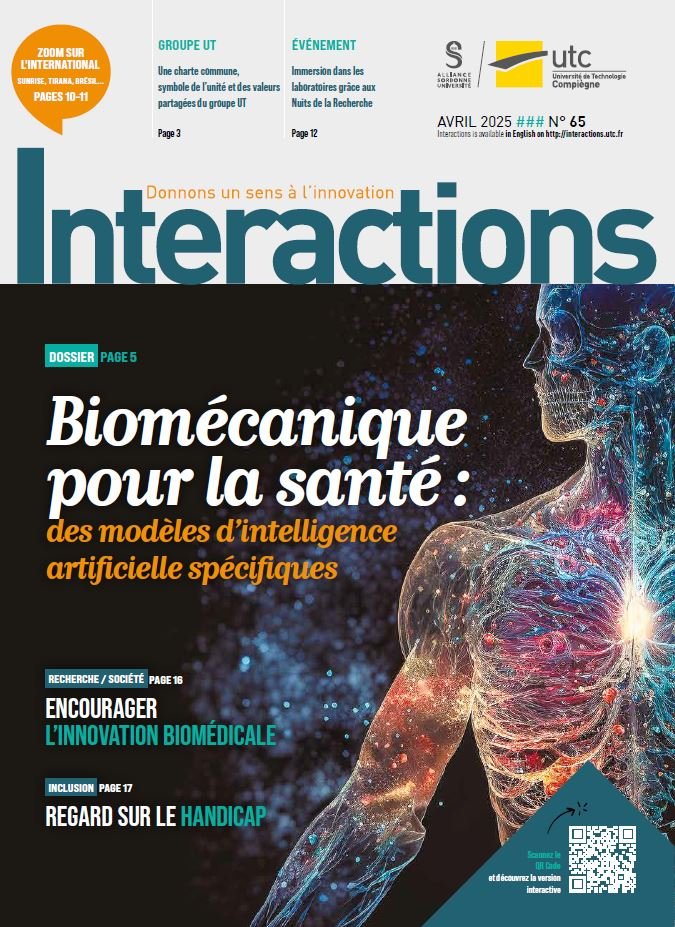Patient-specific models coupled with AI for facial reconstruction

Professor Marie-Christine Ho Ba Tho coordinates, for UTC the FIGURES team led by Professor Devauchelle of the Amiens University Hospital, which performed the world’s first face transplant in 2005.
Pioneers of patient-specific models, the team of Marie-Christine Ho Ba Tho aims to create the conditions for optimal facial rehabilitation following a transplant or facial paralysis, working with Stéphanie Dakpé, maxillofacial surgeon. “The clinical team has observed a lack of understanding of facial expressions. It is difficult to grasp the role of the facial muscles, of which there are almost twenty, which are activated according to face movements”, she explains.
How can we help them solve this problem? “With our expertise, we modelled the face using the finite element method, using the subject’s geometric and physical data to simulate facial expressions. We still had to define the facial movements in the case of facial reconstruction/rehabilitation,” explains Marie-Christine Ho Ba Tho.
To outline a solution, she made the decision – a world first – to combine finite element modelling of the face with deep learning. “The former enabled us to virtually reconstruct the face and to simulate the functioning of the muscles and their role in the case a smile, for example, or even pronunciations such as the ‘O’ or the ‘Pou’ used for facial rehabilitation. The second is that of deep, generative learning. This involves teaching an agent to make sequential decisions while interacting with an environment. The agent will be the patient’s face and the environment the finite element model. Following a face transplant or facial paralysis, we ar faced with the question of simulating the muscles to be activated to achieve the desired result, such as restoring a smile or a symmetrical face in the case of facial paralysis,” she says.
Finally, the third stage consists of developing complementary tools to refine the model by superimposing the texture of the patient’s face using cameras. A start-up is being created for this purpose with Professor Dao. “We have thus developed a tool that uses a patient-specific model coupled with AI to suggest muscle actions leading to the desired result. We tested it on the case of an asymmetrical face and validated it by comparing its muscle recommendations for performing a particular movement with those of the finite element model. With this digital tool, we have in short achieved a “proof of concept”,” concludes Marie-Christine Ho Ba Tho.
MSD




